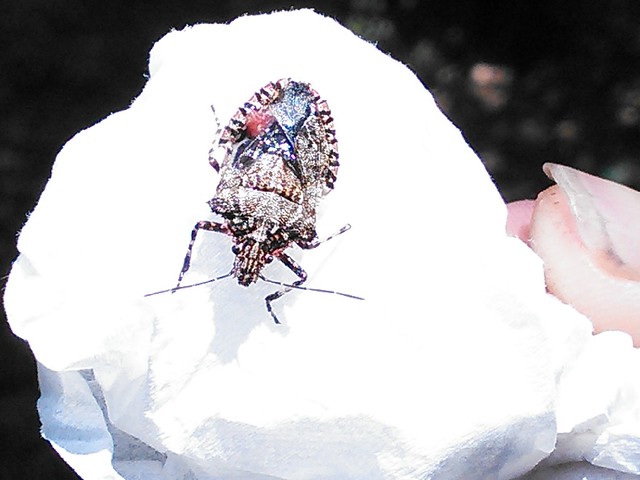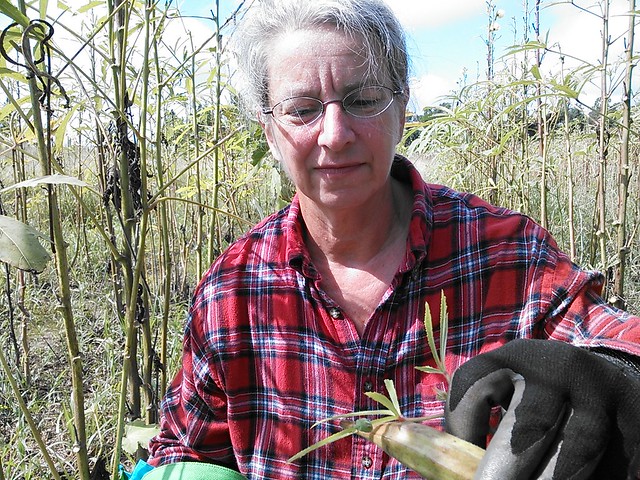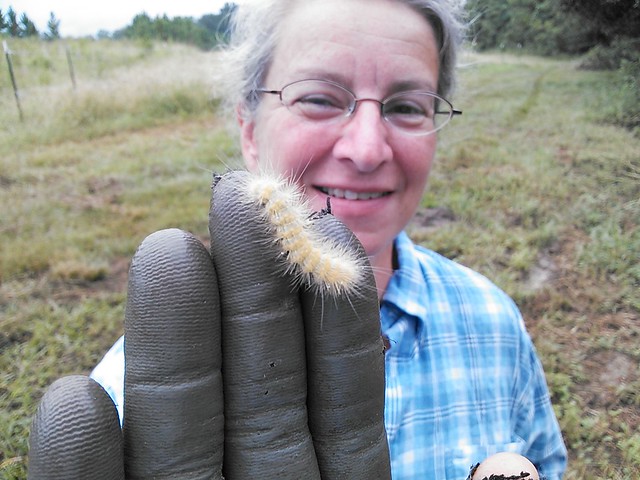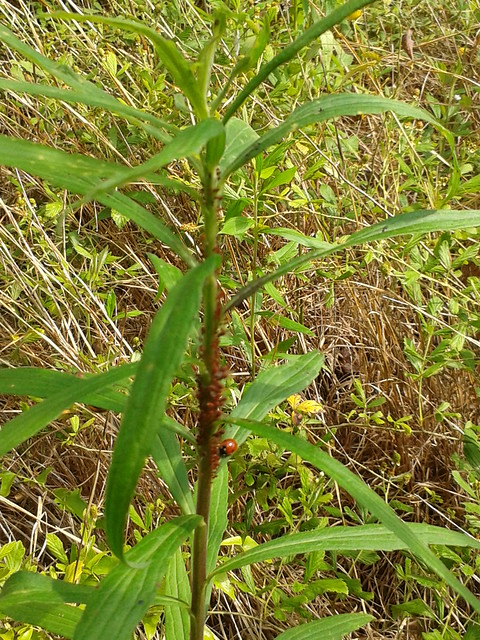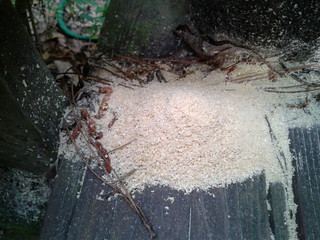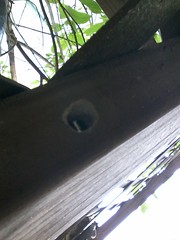Sent today by Karan Rawlins. -jsq
Please share this with everyone you know!
SAVE the DATE!
Southeast Exotic Pest Plant Council
& Georgia Exotic Pest Plant Council
A Joint Annual SymposiumNovember 12-14, 2014
Georgia Center, AthensKeynote Speakers:
Douglas Tallamy: Bringing Nature Home, How You Can Sustain Wildlife with Native Plants
Charles Bargeron: Using Technology to Fight Invasive Species: Past, Present and Future
Nancy Lowenstein: Creating National Guidelines for Listing Invasive PlantsIncludes:
Conference
Lunch & Refreshments
GA-EPPC Membership
CEUs
Vendors
Door Prizes
Field Trips
Learn more about Exotic Pest Plant Councils in the Southeast at www.SE-EPPC.org.
Please read Douglas Tallamy’s book, Bringing Nature Home, before the Conference in November. If you are interested in native plants, ecosystems, songbirds and other wildlife, this book will provide much useful and interesting information.
Video of Prof. Doug Tallamy on Sustainable Landscaping, by U. Delaware:
-jsq



